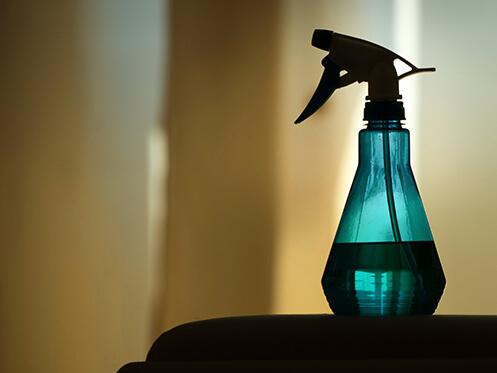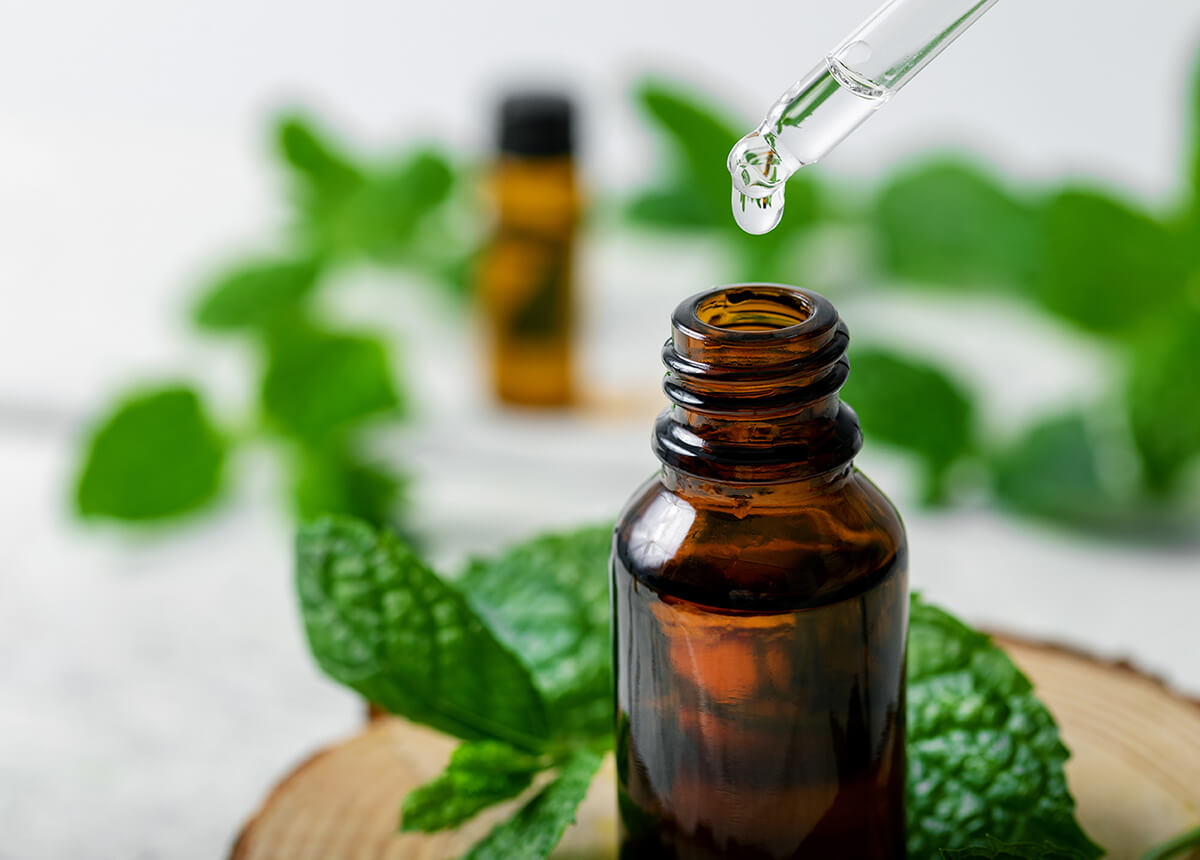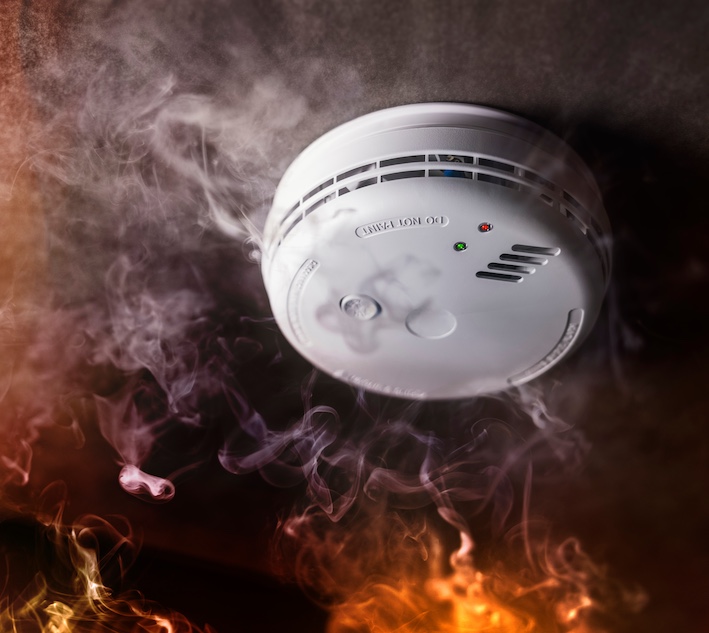Mold and mildew are often used interchangeably but are distinct fungi types. They have different characteristics, effects, and treatment methods. Both thrive in damp environments, with moisture being the key factor in their growth. Mildew is typically a surface-level issue that is easier to clean, while mold is more invasive and can cause significant structural damage and health problems. Understanding these differences and the role of moisture is key to maintaining a healthy home and preventing long-term issues.
Mold
Mold is a type of fungus that grows in multicellular structures called hyphae, forming a fuzzy or slimy texture. It comes in various colors, including black, green, blue, or even red. Mold thrives in damp, dark environments and can spread rapidly on organic materials like wood, drywall, and fabric, making it a more serious problem than mildew.
Common Locations for Mold:
- Basements and crawl spaces
- Bathrooms and kitchens
- Attics and HVAC systems
- Water-damaged walls, ceilings, and floors
Mildew
Mildew is a fungus with a flatter growth pattern, usually appearing as white, gray, or yellow patches. Unlike mold, mildew grows on the surface of materials, making it easier to remove and less destructive.
Common Locations for Mildew:
- Damp bathroom tiles and grout
- Fabric, upholstery, and leather
- Windowsills and shower curtains
- Paper products and books stored in humid areas
The Key Differences Between Mold and Mildew
Although mold and mildew share similarities, their differences in growth patterns, health effects, and treatment make them unique challenges.
The most important difference between the two is that mildew can be cleaned with virtually minimal effort. Using household agents and thoroughly drying the affected surfaces is enough to treat mildew. Mold requires treatment that penetrates the surface.
| Feature | Mold | Mildew |
|---|---|---|
| Appearance | Fuzzy, slimy, thick | Powdery or fluffy |
| Color | Black, green, blue, red | White, gray, yellow |
| Growth Pattern | Penetrates surfaces | Stays on surfaces |
| Common Locations | Walls, ceilings, basements | Bathrooms, fabrics, paper |
| Damage Level | Can cause serious structural damage | Superficial and easy to clean |
| Health Risks | Can cause severe respiratory issues and allergic reactions | Generally mild irritation and allergies |
Which Is Worse?
Both mold and mildew are indicative of indoor moisture issues. If you have a problem with excess humidity, there’s a high likelihood that mold and mildew are present together. Mold is generally worse than mildew due to its ability to penetrate surfaces, cause structural damage, and pose more severe health risks.
While mildew is a surface-level fungus that can be easily cleaned, mold grows deeper into materials like wood and drywall, making removal more difficult. Mold exposure can trigger allergies, respiratory problems, and even long-term health issues, whereas mildew typically causes minor irritation.
How to Prevent Mildew and Mold
Both mildew and mold thrive in humid conditions, so moisture control is key to preventing their growth. Here are some simple steps you can take:
- Control humidity: Keep indoor humidity levels below 50% using dehumidifiers or air conditioners.
- Improve ventilation: Open windows, use exhaust fans and ensure good airflow in damp areas.
- Fix leaks promptly: Repair any plumbing leaks, roof leaks, or condensation issues as soon as they arise.
- Clean regularly: Wipe down damp surfaces, clean bathrooms frequently, and wash fabrics exposed to moisture.
- Use mold-resistant products: Consider mold-resistant paint, drywall, and insulation in high-risk areas.
- Inspect problem areas: Regularly check basements, attics, and bathrooms for early mildew or mold growth signs.
When to Call a Professional
While small amounts of mildew can often be removed with household cleaners, mold infestations may require professional remediation. This typically involves a thorough inspection, identification of the root cause, and safe removal of the mold. If you notice widespread mold growth, musty odors, or persistent water damage, it’s best to contact a professional mold remediation service to properly assess and remove the problem before it spreads further.
Mildew is a surface-level issue that can usually be managed with regular cleaning, while mold is a more serious concern that requires professional attention. Being proactive about moisture control, ventilation, and early detection can help you prevent both mildew and mold from taking hold in your home. Remember, early detection and prevention are key to avoiding the more serious consequences of mold and mildew.
If you suspect a mold problem, consulting with a professional is the safest way to ensure a clean, healthy living environment. Pur360’s team provides chemical-free, eco-friendly remediation services to eliminate mold and mildew at the source.



